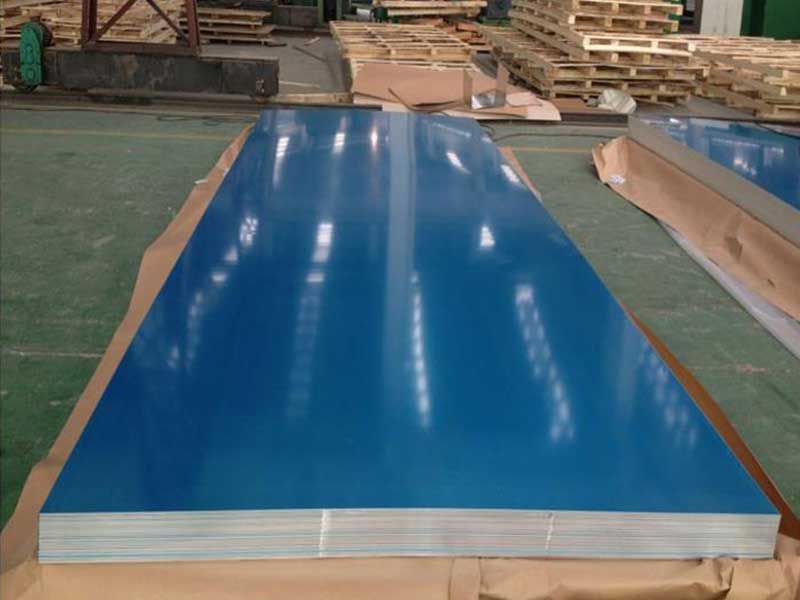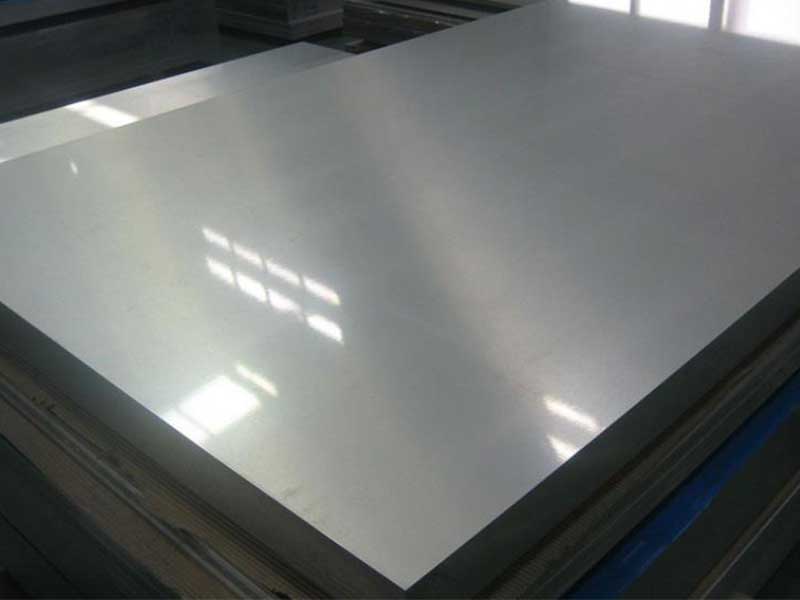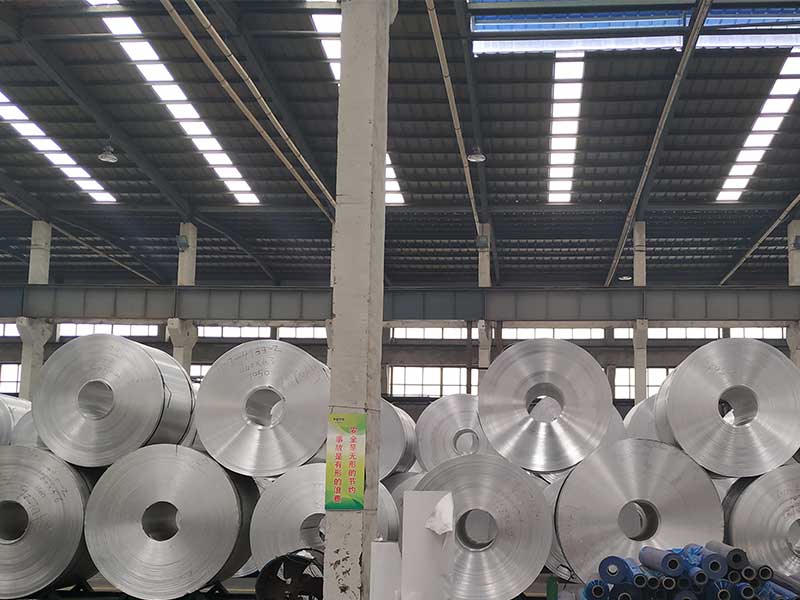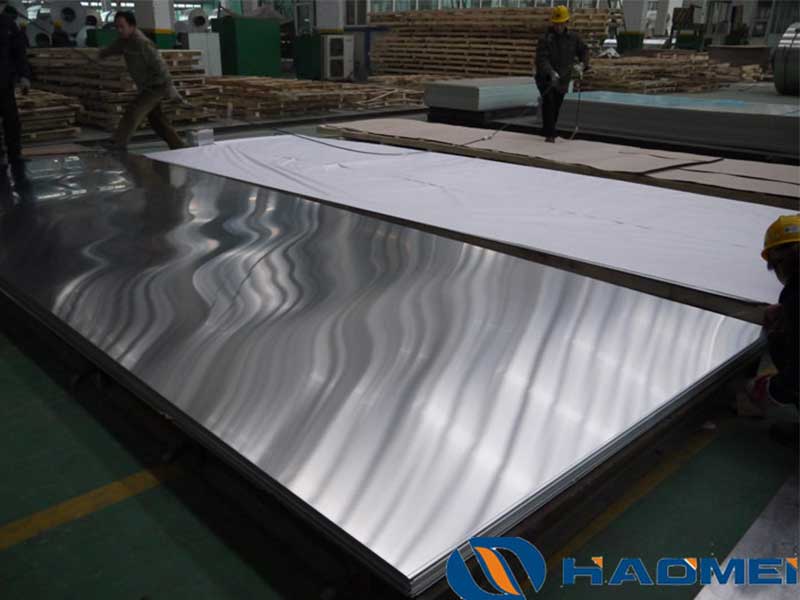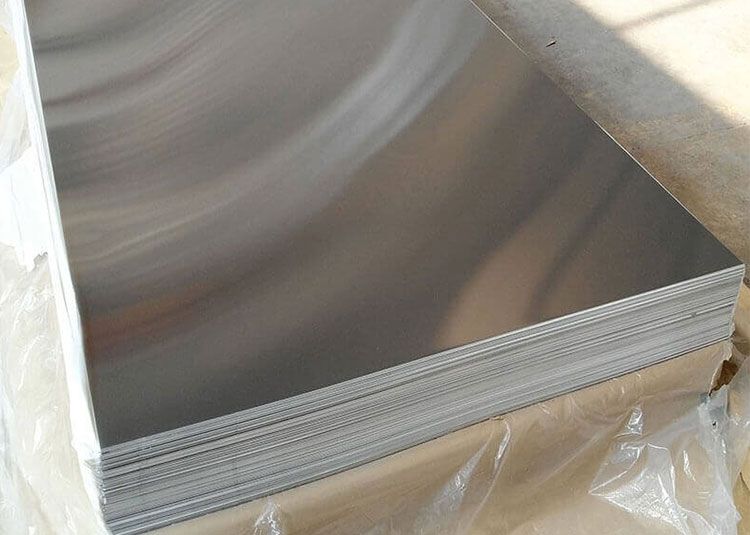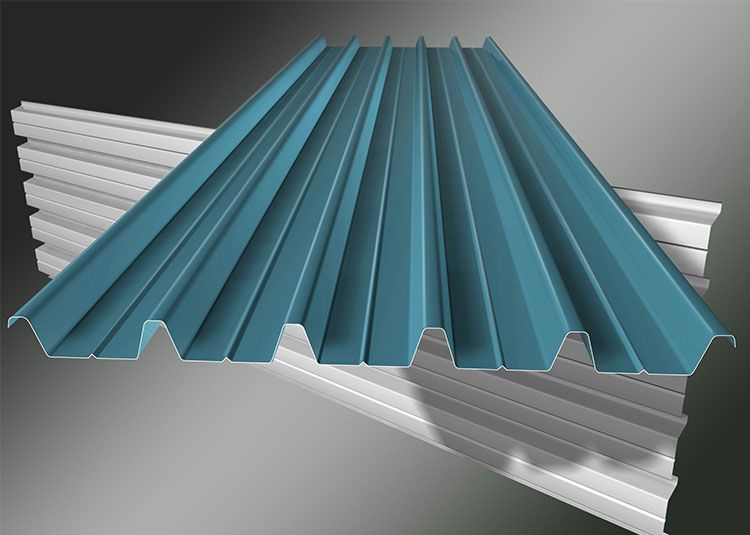In the realm of photo printing, lighting apparatus, and reflective surfaces, the demand for high-quality materials that combine durability, precision, and superior reflectivity continues to rise. Among these materials, the High Reflective Finish 1050 Flat Aluminum Sheet has carved out a significant niche as a preferred choice for Lighting Vessel CTP (Computer-to-Plate) Plates.
1050 Aluminum Alloy: The Foundation of Excellence
Aluminum alloy 1050 offers over 99.5% aluminum purity, setting it apart for its excellent corrosion resistance, ductility, and electrical conductivity. It belongs to the 1xxx series of pure aluminum alloys, renowned for high thermal and electrical conductivity but moderate strength, supplemented by its notable workability.
Aluminum's natural luster helps 1050 sheets achieve what's known as a High Reflective Finish, making them ideal reflectors.
High Reflective Finish: Not Just a Surface Treatment
The term High Reflective Finish (HRF) describes an aluminum sheet’s surface treated through finesse-engineered polishing and electrochemical cleaning processes that render the sheet mirror-like with reflectance rates typically 85% or higher. This unique surface quality enhances the sheet’s utility in precise light management applications.
For a Lighting Vessel integrated into a CTP Plate assembly, optimizing light reflection translates directly into uniform exposure energy and superior image quality generation.
Why Use High Reflective 1050 Flat Aluminum Sheet in Lighting Vessel CTP Plate?
1. Essential for Even Light Diffusion
The Lighting Vessel, used in CTP plate-making for offset printing, needs a perfectly diffused, stable, and intensified light path. The HRF 1050 flat aluminum layer ensures no irregular shadows or hotspots disrupt the photosensitive plate during UV exposure.
2. Enhanced Thermal Management
Despite its high reflectivity, 1050 aluminum alloy comes with outstanding thermal conductivity (~230 W/m·K), a crucial factor because repeated UV exposure generates heat. Proper heat dissipation extends the lifespan of both the light source and the CTP system.
3. Corrosion Resistance
The chemical stability of 1050 alloy ensures that uitvoering environments don’t impair the reflectivity or structural integrity of CTP plates, minimizing demands on maintenance and replacement.
Technical Specifications: A Deep Dive
Below summarizes parameters of the HRF 1050 Asuspert aluminum sheet used in Lighting Vessel CTP Plate applications:
| Parameter | Specification |
|---|---|
| Alloy Grade | 1050 |
| Aluminum Purity | ≥99.5% |
| Typical Thickness | 0.3mm - 3.0mm |
| Width | Customized to requirements |
| Surface Finish | High Reflective Finish (Mirror Polished) |
| Tensile Strength (MPa) | ≥70 |
| Yield Strength (MPa) | ≥35 |
| Elongation % | ≥25 |
| Thermal Conductivity (W/m·K) | Approx. 230 |
| Reflectivity | Up to 87% |
| Density | 2.71 g/cm³ |
Alloy Tempering and Mechanical Treatments
"Tempering" of 1050 aluminum for this application generally leans on annealing (O-temper) to enhance ductility without compromising reflectivity. O-tempering removes internal stresses and improves flatness — critical for precise CTP plate layering.
Forming operations used in treating these sheets also emphasize avoiding deformation that could alter reflective properties, making cold rolling and careful polishing elements.
Chemical Composition
A clear chemical profile of 1050 aluminum differentiates its consistency and performance. Here is the composition range (% by weight):
| Element | Maximum Percentage |
|---|---|
| Aluminum (Al) | Minimum 99.5 |
| Iron (Fe) | 0.4 |
| Silicon (Si) | 0.25 |
| Copper (Cu) | 0.05 |
| Manganese (Mn) | 0.05 |
| Magnesium (Mg) | 0.05 |
| Chromium (Cr) | 0.05 |
| Zinc (Zn) | 0.05 |
| Others each | 0.03 max |
| Others total | 0.10 max |
Implementation Standards and Industry Compliance
Manufacture and usage of High Reflective Finish 1050 aluminum in lighting vessel CTP plates are subject to several national and international standards such as:
- ASTM B209: Specification for aluminum and aluminum-alloy sheet and plate.
- ISO 209-1: Aluminum and aluminum alloys — Plate, sheet, and strip — Part 1: Technical conditions for inspection and delivery.
- RoHS & REACH: Compliance for environmental safety, especially critical in printing machinery with prolonged user exposure.
The rigorous quality assessment involves analyzing mechanical strength, surface roughness (Ra typically below 0.1μm), flatness (≤0.1 mm/m), and reflectivity proofs to guarantee longevity in critical imaging application lines.
Practical Application Scenarios
- Lighting Vessel of CTP Machines: Enhances UV light reflection, uniformity, and energy efficiency for consistent plate exposure.
- Reflective Panels: Suitable in precision industrial lighting setups requiring consistent and robust reflectors.
- High-End Display Backlighting: Ensures uniform light output in display applications, leverages superior reflective efficiency and thermal stability.
- Photovoltaic Reflection: In solar panel assembly units optimizing photons’ redirection to photovoltaic cells.


